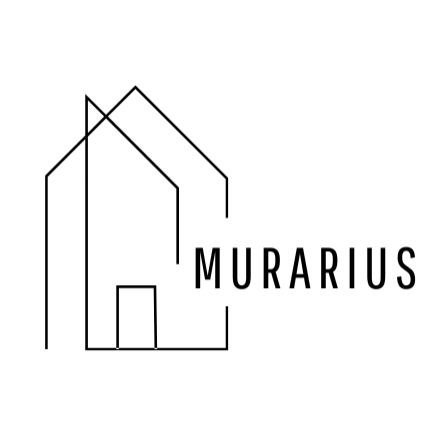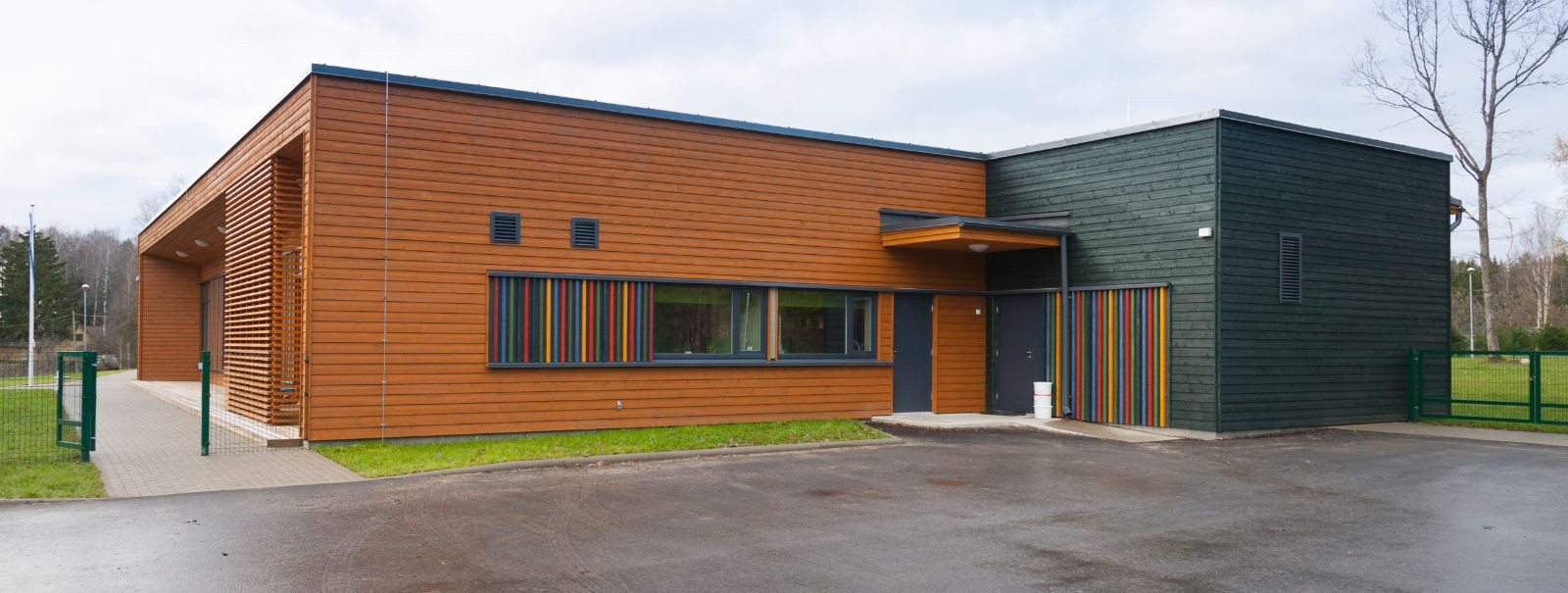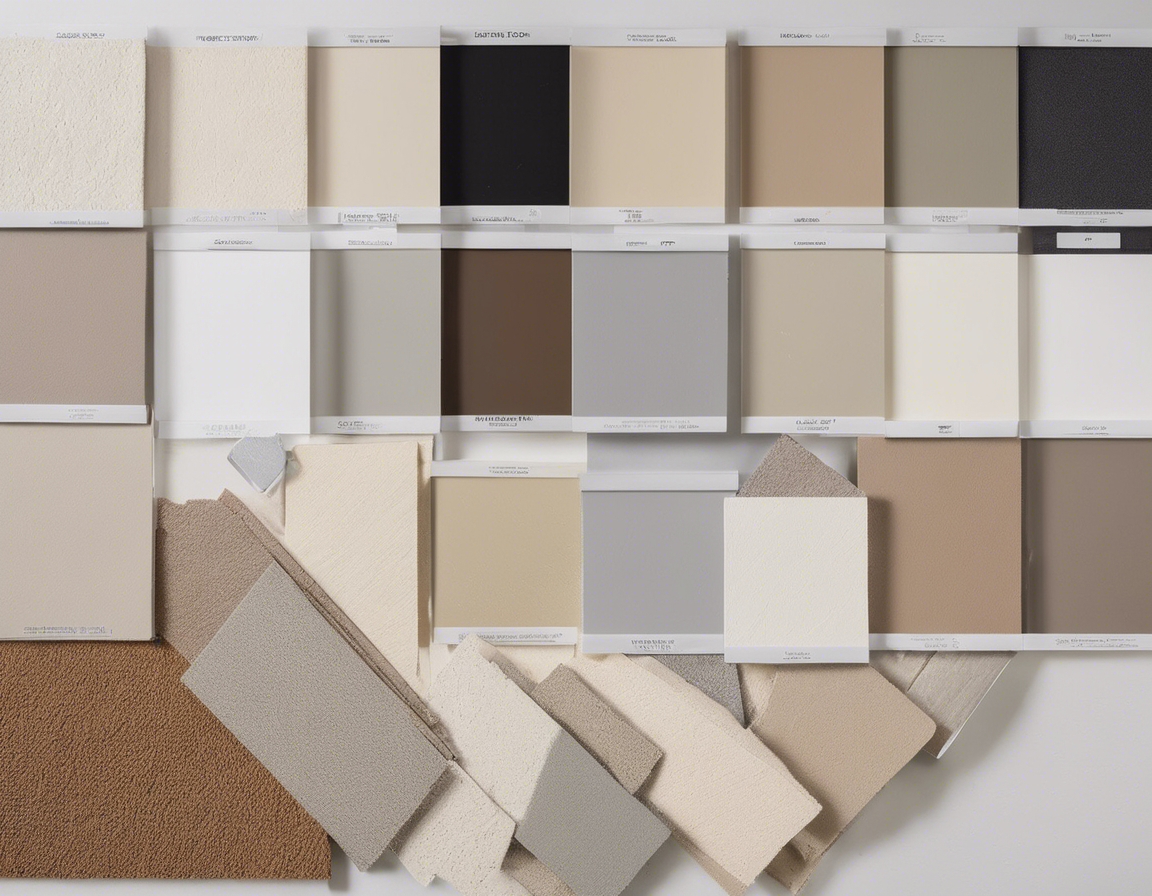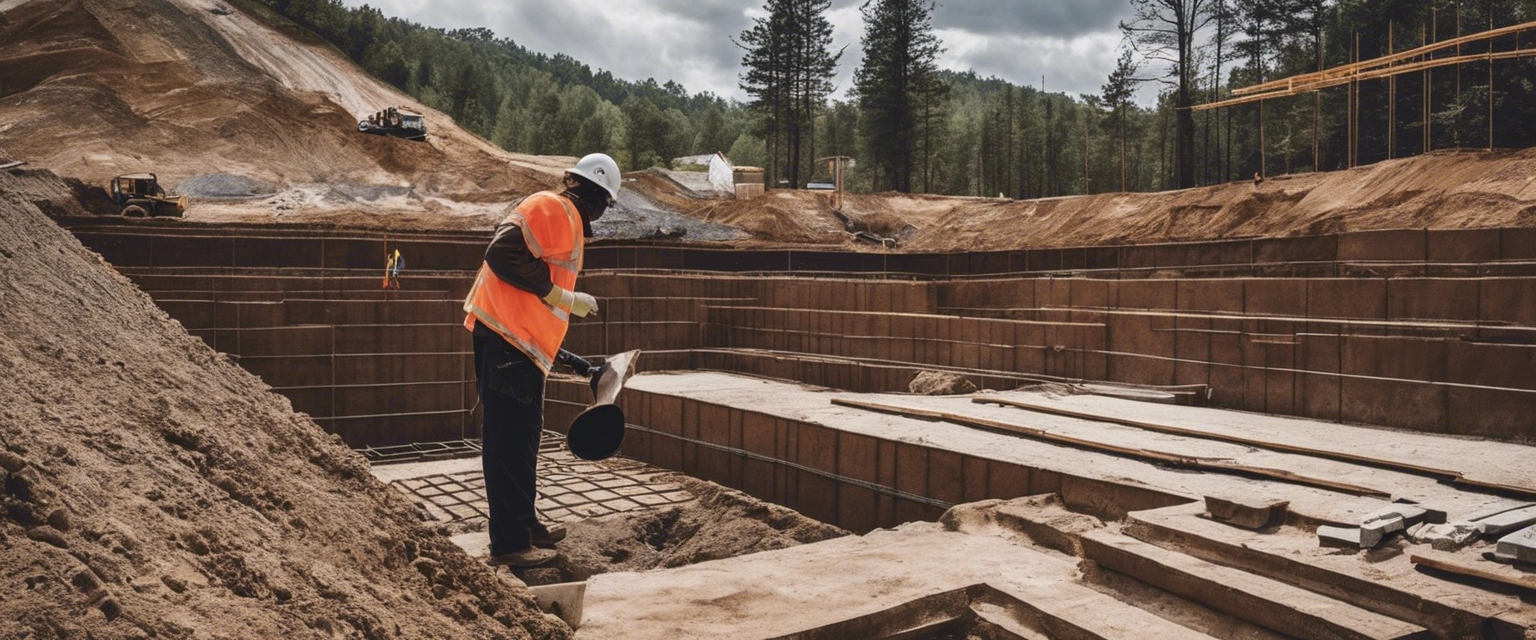5 trends shaping the future of residential construction
The landscape of residential construction is undergoing a significant transformation, driven by technological advancements, environmental concerns, and changing homeowner preferences. As we look to the future, several key trends are emerging that are set to redefine the way homes are designed, built, and experienced. In this post, we'll explore five trends that are shaping the future of residential construction and how they are influencing the industry.
1. Sustainable and Eco-Friendly Building Practices
The push for sustainability in construction is stronger than ever, with an emphasis on using materials that are renewable, recyclable, and have a low environmental impact. Innovations in green technology are also enabling homes to be more energy-efficient and environmentally friendly.
Energy-efficient designs and the integration of renewable energy sources, such as solar panels and geothermal systems, are becoming standard in new residential construction. These features not only reduce the carbon footprint of homes but also offer long-term cost savings for homeowners.
Water conservation techniques, including rainwater harvesting systems and low-flow fixtures, are being incorporated into home designs to manage water use more effectively and sustainably.
2. Smart Home Technology and Automation
Home automation systems are revolutionizing the way we interact with our living spaces. From lighting and climate control to entertainment and appliances, automation is enhancing comfort and convenience in the modern home.
Advancements in security technology are providing homeowners with peace of mind through enhanced surveillance systems and smart locks that can be controlled remotely.
The integration of smart home systems with mobile devices and voice control technologies like Amazon Alexa and Google Assistant is making it easier for homeowners to manage their homes on-the-go.
3. Modular and Prefabricated Construction
Modular and prefabricated construction methods are gaining popularity due to their ability to reduce construction time, waste, and costs. These methods also offer high levels of precision and quality control.
Despite the pre-built nature of modular homes, there is a growing trend towards customization and design flexibility, allowing homeowners to tailor their living spaces to their specific needs and tastes.
3D printing technology is beginning to make its mark in residential construction, offering the potential for creating complex architectural features and even entire homes with reduced material waste and innovative designs.
4. Emphasis on Health and Wellness
Residential designs are increasingly focusing on the physical well-being of occupants, with features such as improved indoor air quality, natural lighting, and ergonomic design.
Mental health is becoming a consideration in home design, with spaces that promote relaxation, tranquility, and connection with nature.
Incorporating natural elements into the home, a concept known as biophilic design, is gaining traction as a way to enhance the connection between the indoor environment and the natural world.
5. Evolving Design Aesthetics and Materials
The trend towards minimalist and functional design continues to influence residential construction, with clean lines, open spaces, and multipurpose areas becoming more prevalent.
Traditional materials like wood and stone are being used in innovative ways, blending the old with the new to create unique and timeless designs.
Advanced composite materials are being developed that offer superior strength, durability, and design flexibility, opening up new possibilities for residential construction.






Comments (0)